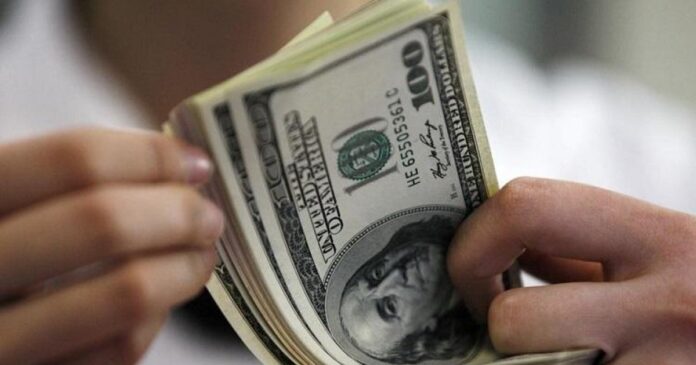In a stable market, the value of the dollar suddenly started to rise. Already some banks have started buying remittance foreign currency at higher prices. According to Central Bank data, the dollar price of remittance was the highest at Tk 119 a month ago. Later it increased to 119 taka 50 paisa. Since then, the price of the dollar has increased to 122 rupees in the last one week. Some banks are also buying remittances at 123 taka. Banks are selling these dollars for import at a maximum of 124 rupees. Many banks are buying dollars in advance on behalf of customers to meet previous import liabilities. The price of the dollar is also increasing. As a result, import costs are increasing. According to the limit set by the central bank, the dollar is supposed to be sold at a maximum of 120 taka. Dollars are being sold in the bank at 3 to 4 taka more than the fixed rate. However, it is said that the banks will adjust the additional price with incentives from their own funds. As a result, the price of the dollar remains within the limits of the central bank.
Officials of several banks say that the dollar price of import LC (Letter of Credit) settlement has increased to Tk 123.80-125 as the dollar price of remittance continues to rise. Bankers believe that this may increase the cost of imports and further fuel inflation. They say, on Thursday (December 12), their bank collected remittance dollars at the rate of Tk 124.80 to Tk 125.60. However, earlier in November 2023, the highest dollar rate of remittance was 126 taka.
Why the sudden increase in demand for dollars?
A circular from the Central Bank on November 12 said that from now on, the import liability must be paid regularly. No debt can be held in arrears. Punitive action will be taken against the concerned officer if the import liability of any bank is outstanding. After such a warning from the central bank, the pressure on banks to pay current liabilities including import arrears increased. It also increases the demand for dollars. But due to lack of supply as per demand, dollar crisis is created when the banks have to pay the import liabilities.
During this crisis, the central bank stopped selling dollars from the reserves. Commercial banks are also selling dollars in the market very little. In such a situation, the dollar is not matching the demand to pay the import liability. As a result, forced banks which have more import liability have started buying remittance dollars at higher prices. Some banks are offering incentives at a maximum rate of 2.5 percent. Along with this, two and a half percent incentive is being given by the government. All together, expatriates are getting 126 taka per dollar.
Meanwhile, on December 3, the monetary policy committee meeting at the central bank proposed to move away from the current method of determining the price of the dollar, the crawling peg. It said that the value of the dollar should be left to the market in phases. Besides, recently the IMF proposed to do away with the crawling peg system of determining the value of the dollar and make it market-based.
The managing director of a private bank, who did not disclose his name, said that the IMF is pressuring the central bank to implement a crawling peg to determine the dollar rate. From there, we think, in the future, the central bank can open the market and start the crawling peg in full swing. As a result, the price of the dollar may increase. Customers want to clear their payments due to such apprehension. At the same time, foreign big exchange houses are also increasing the price on this occasion.
LC settlement rate is Rs.125
Due to the increase in remittance rates, the dollar rate for LC settlement has increased to a maximum of Tk 125. Earlier, banks used to sell dollars to customers at Rs 122-124 per customer. Exchange houses are selling dollars to banks on behalf of customers at Tk 124.40-124.60.
Remittance flow increased
Remittance flow increased by 26.44 percent during July-November of the current financial year. Remittances came in at $8.81 billion in the first five months of last fiscal. It has increased to $11.14 billion in the current financial year. Analyzing the data of the Central Bank, it has been found that remittances in the country's banking sector have increased by 2.34 billion dollars in the current financial year compared to the previous financial year.
Impact on inflation
Meanwhile, LCs will start opening for the import of Ramadan products in the next few weeks. Bankers have warned that if the dollar rate is like this, it could play a major role in disrupting inflation control.
In this context, Syed Mahbubur Rahman, managing director and chief executive officer of the private sector Mutual Trust Bank, said that the dollar rate of remittances has increased more than before. Due to this the dollar rate has also increased in LC settlement. He said, increasing the price of the dollar may lead to inflationary pressure. But that doesn't seem like much.
Meanwhile, the price of the dollar has started to rise in the open market. Apart from that, the countries which require visas from India are also not available. Can't even go to India for treatment.

